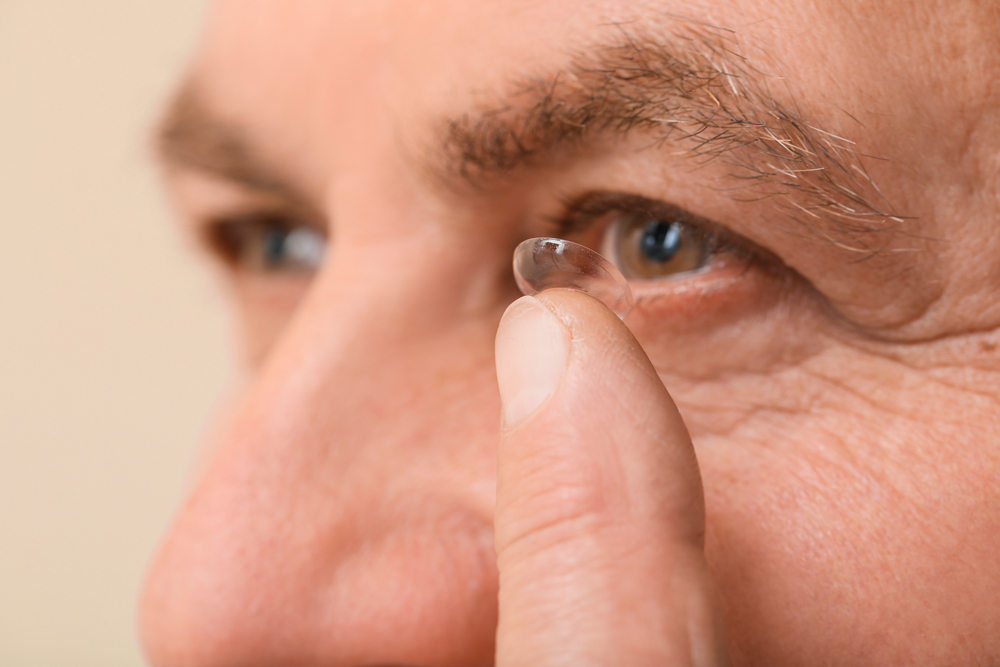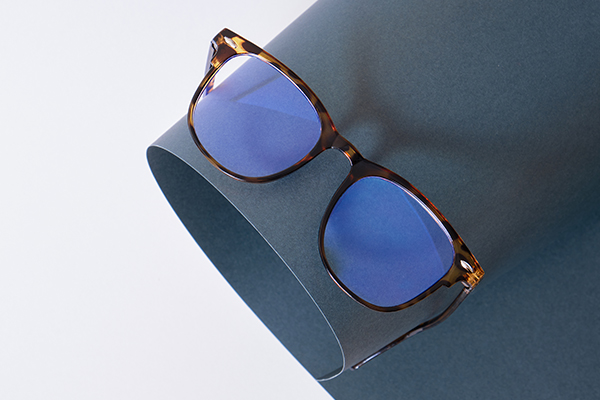The realm of eye care has evolved significantly over the years, with advancements in technology and understanding of ocular health. Contact lenses are no longer one-size-fits-all but are now custom designed to cater to individual eye conditions and lifestyles. They offer a lifeline to those living with special eye conditions, providing a way to see the world more clearly.
Contact Lens Fitting for Special Eye Conditions
Contact lens fitting for special eye conditions requires a different approach than regular lens fitting. It's not just about improving vision; it's about addressing the unique needs of each patient and their condition.
The fitting process begins with an in-depth eye examination to assess the state of the patient's ocular health and understand the extent of their condition. Measurements are taken to determine the size and shape of the cornea, the front surface of the eye, and the tear film's quality. These measurements guide the selection and fitting of lenses tailored to the patient's eyes.
The goal of contact lens fitting for special eye conditions is to provide comfort, improve vision, and protect the eye's health. The right fitting can significantly enhance a patient's quality of life, making daily tasks easier and more enjoyable. But it's not a one-time process; regular follow-ups are crucial to ensuring the lenses are working correctly and the eye's health is maintained.
Managing Keratoconus
Keratoconus presents unique challenges in contact lens fitting. The cone-shaped cornea can make it difficult to fit standard lenses, often requiring specially designed options. Soft lenses are generally not suitable due to their inability to maintain the corneal shape, leaving rigid gas permeable (RGP) lenses, hybrid lenses, and scleral lenses as viable options.
RGP lenses are often the first choice for keratoconus due to their ability to provide clear vision and maintain corneal shape. However, they can be uncomfortable and may dislodge easily, making hybrid lenses a preferable choice for some. These lenses combine the clarity of RGP lenses with the comfort of soft lenses, offering the best of both worlds.
Scleral lenses, which cover the entire corneal surface and rest on the white of the eye, are another viable option for keratoconus. They provide excellent vision correction and comfort and are often recommended for more advanced cases. With the right fitting, these lenses can greatly improve a keratoconus patient's quality of life.
Addressing Dry Eyes
Dry eye is a common condition that can make wearing contact lenses uncomfortable or even impossible. But with proper lens fitting, patients with dry eyes can enjoy the benefits of contact lenses without discomfort. The key is to choose lenses that help maintain a healthy tear film.
Soft lenses are often the go-to choice for dry eyes due to their high water content and comfort. However, they can absorb the eye's natural tears, exacerbating dryness. Silicone hydrogel lenses, which allow more oxygen to reach the eye, can be a better choice. They retain moisture better, reducing dryness and discomfort.
Scleral lenses are another excellent option for dry eyes. Since they vault over the cornea and rest on the sclera, they create a tear reservoir between the lens and the eye. This reservoir provides constant hydration, alleviating dry eye symptoms.
Overcoming Presbyopia
Presbyopia, or the loss of near vision due to aging, requires a different approach in contact lens fitting. Multifocal lenses, which provide clear vision at all distances, are often the best solution. They come in soft and RGP varieties and can be custom fit to suit the individual's eye shape and prescription.
Monovision contact lens fitting, where one eye is corrected for distance vision and the other for near vision, is another option. Although it can take some time to adjust, many patients find this method effective. The right fitting can make a world of difference for presbyopia patients, allowing them to enjoy clear vision at all distances.
Managing Ocular Health through Specialty Contact Lenses
Contact lens fitting for special eye conditions plays a crucial role in managing ocular health. It offers a lifeline to those living with conditions like keratoconus, dry eyes, and presbyopia, giving them a chance to see the world clearly and comfortably.
To learn more on a contact lens fitting for special eye conditions, visit Eyes on Preston Park in our Plano, Texas office. Call (972) 519- 0006 to schedule an appointment today.












